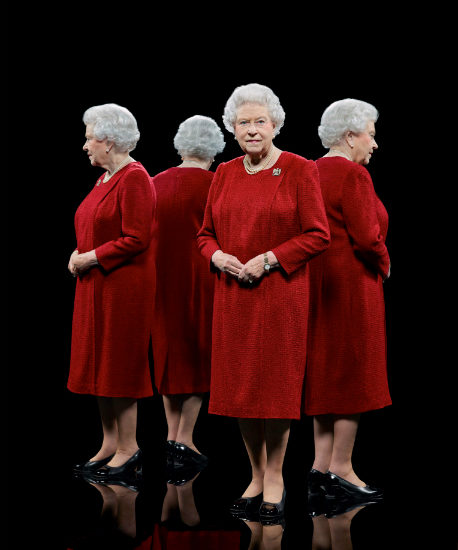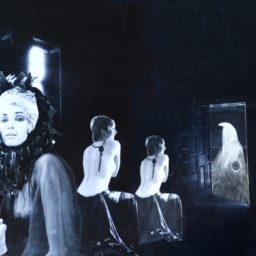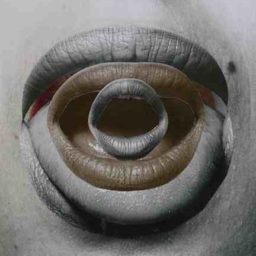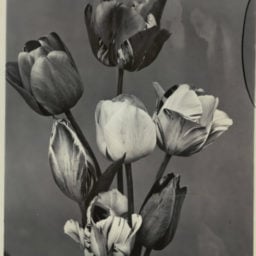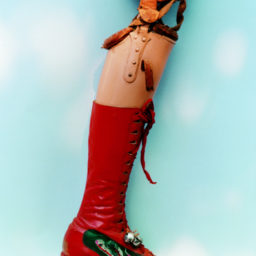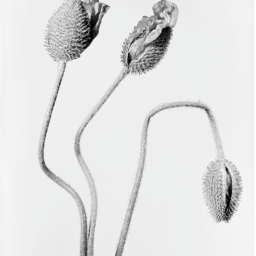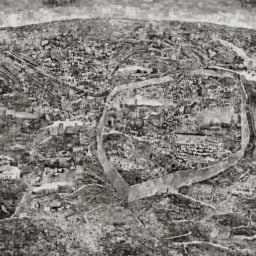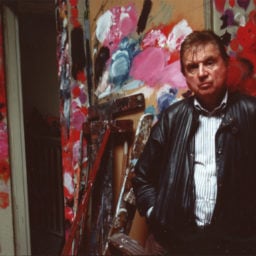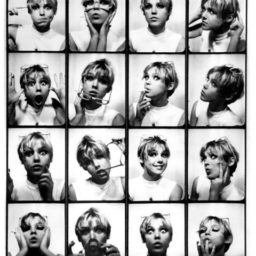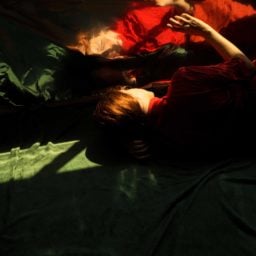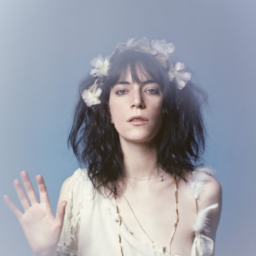The return of Photo London, last seen–but not by many–in 2007 when it left its central location behind London’s Royal Academy, and was plonked by organisers, Reed Exhibitions, out in Old Billingsgate and then killed off, is a test of the photography market in a city where enthusiasm is high, but has not exactly translated in the past into a tidal wave of collectors.
The event, which closes Sunday evening, has been treated as a linchpin for a series of city wide events both organized by the fair and by others as satellite or fringe events (See the Top Ten Booths at Photo London 2015).
A selling exhibition of contemporary photography by Sueraya Shaheen and Hassan Hajjaj in the grand antique furniture emporium, Mallett, and organised by online operators, The Auction Room, describes itself as a “fringe” event, and the artists don’t mind. At high end, modern art dealers, Waddington Custot, a selling exhibition of vintage photographs of sculptures by Rodin, Brancusi, and Henry Moore (prices from $25,000 to $300,000 for a Brancusi), was years in the making and has been staged to coincide with Photo London.
For many of the fair exhibitors, Photo London is a crucial event for promoting photography in Europe’s biggest art capital. But there have been voices heard that its rebirth is too late. “Photography dealers, especially in contemporary art, really want to be part of a mixed art fair, like Basel or Frieze, where the medium is not ghettoised,” said visiting New York dealer, Bruce Silverstein.
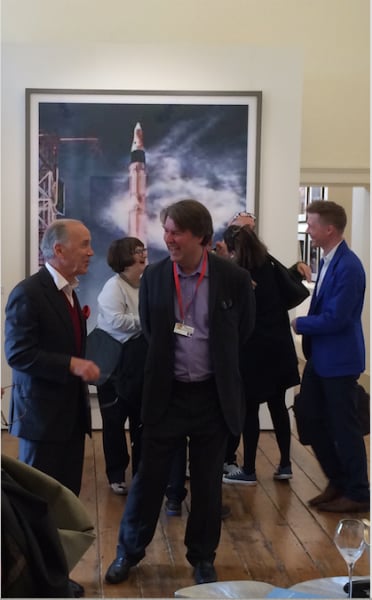
Collector Robert Hiscox with gallerist Ben Brown
Photo: artnet News
There were also criticisms about the location–grand old Somerset House, home to the Courtauld Institute and the place where the term “photography” was first coined. The signage, for one, both inside and out, was inadequate, and the small rooms (booths) and corridors, are a bit like a maze, with no wide aisles where people could stroll, see and be seen (which is an essential ingredient in the most successful fairs).
But there was no denying the high standards that the fair set itself were met in terms of exhibitor list and content. Collectors at the opening included Robert Hiscox, Duran Duran’s Nick Rhodes, Keir McGuinness, Valeria Napoleone, Fatima Maleki, Leila & Kamiar Maleki, Ellen & Dan Shapiro, Maria Sukkar, human rights advocate Bianca Jagger, Maja Hoffman, Nicholas Serota, Director of Tate, Boris Johnson, Mayor of London, Matthew Slotover, Founder of Frieze, Victoria Siddall, Director of Frieze, and Quentin Bajac, Chief curator of Photography, Moma, NY.
There have been far too many sales to report as we go to press, but here’s a sampling. Appropriately there is a strong 19th century vintage selection, with Gustave le Gray’s La Grande Vague from the 1850s priced at £250,000 at the James Hyman Gallery, among the most expensive. Sales here, as with early 20th century classics, are a slow burn process.
The 60s and 70s are now history, and a field rich with rediscovery. Here, Caroline Smulders sold a rare photomaton multi portrait of Andy Warhol superstar, Edie Sedgwick, taken in 1966 by Gerard Malanga, for £6,000, and Riflemaker sold two 1970s photo collages by Penelope Slinger for £12,000 and £18,000 each.
There is always an issue, even among experienced collectors, about vintage and later prints, and at Photo London it’s very clear what you are getting. A set of Ed Ruscha’s five Gasoline Stations made for his 2007 exhibition at the New Museum, NY, was priced at €36,000 at Galerie Thomas Zander. Quite a find, but nothing like the value of the vintage versions. At Timothy Taylor, the whole booth was devoted to Diane Arbus. Only two were lifetime (c.$165,000 each), the others were posthumous prints priced at $8,500. Once you saw them placed together it was obvious.

Diane Arbus at Tim Taylor Gallery. Can you spot the vintage prints?
Photo: artnet News
One of the first sales was a rare 1984 colour portrait of Francis Bacon by his friend, Bruce Bernard, at Michael Hoppen where it was priced at £8,000. By the second day Hoppen had chalked up sales of works by Weegee, Sohei Nishino, Enrique Metinides, and Ishiushi Mayako, all in the £3,500 to £14,000 range.
Fastest business it seems was for contemporary photography. A photograph of HM The Queen from different angles taken by Hugo Rittson-Thomas was at the Eleven Gallery, which sold four of them, two to museums, in a few hours, priced at £2,950 each.
The Robert Morat Galerie from Germany sold 60 prints of plants by Thomas Struth student, Robert Voit. The prints looked like Karl Blossfeldt’s The Alphabet of New Plants from 1928–but were actually based on fake plastic plants from China, and were priced at £1,700 each.
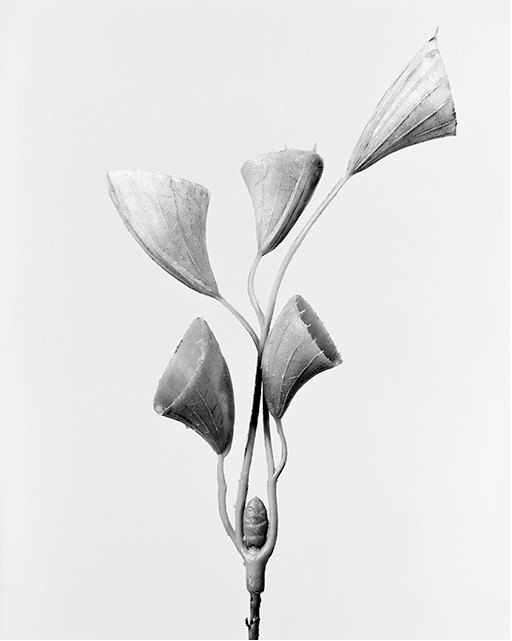
Robert Voit, Cornucopiae cucllatum, Trichtergras Busch, (2014)
Photo: Robert Morat Galerie
Even more prolific was Japanese photographer, Sohei Nishino, who had constructed a detailed diorama of London in a stairwell using 1,000 small photographs. They were selling in sets of ten, £250 per set, and by day two all had sold.
More expensive were perennial favourites like Susan Derges, whose light filled study of water sold for £40,00 at Purdy Hicks, and Sebastião Salgado at Peter Fetterman Gallery which sold a photograph of an iceberg for $50,000.
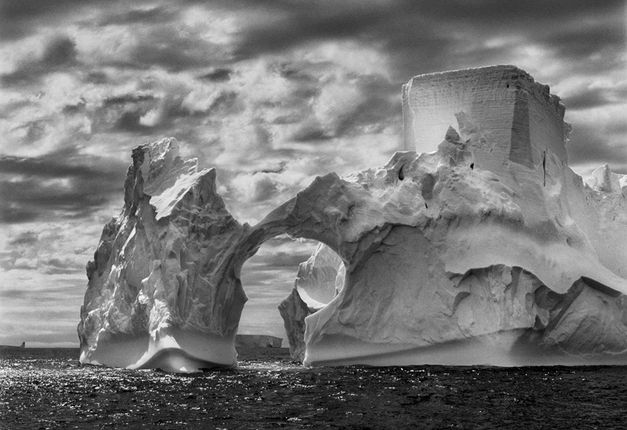
Sebastião Salgado, Iceberg between Paulet Island and the South Shetland Islands on the Antarctic Channel.
Photo: courtesy Peter Fetterman Gallery
But how were the non-specialized, contemporary art dealers doing? Ben Brown Fine Arts sold several works in the opening days, including a small scale print from Candida Höfer’s 2000 series, Real Sitio de San Lorenzo de El Escorial (2000) priced at £28,000. “We’ve had some interesting people coming through,” said gallery director Christopher Baer, “so we’re considering doing it again next year.”
So maybe If the fair can iron out a few teething problems, and perhaps persuade Art15 not to open on the same day, it could find its niche once again (see In Its Third Edition ART15 London Is Still Finding Its Feet).
Photo London takes place at the Somerset House, London, from May 21-24.

